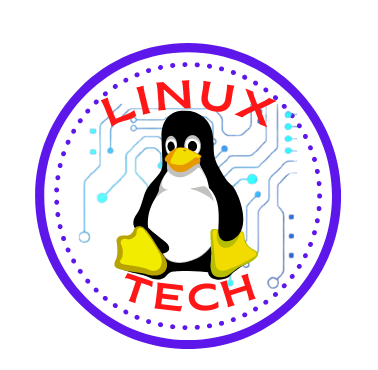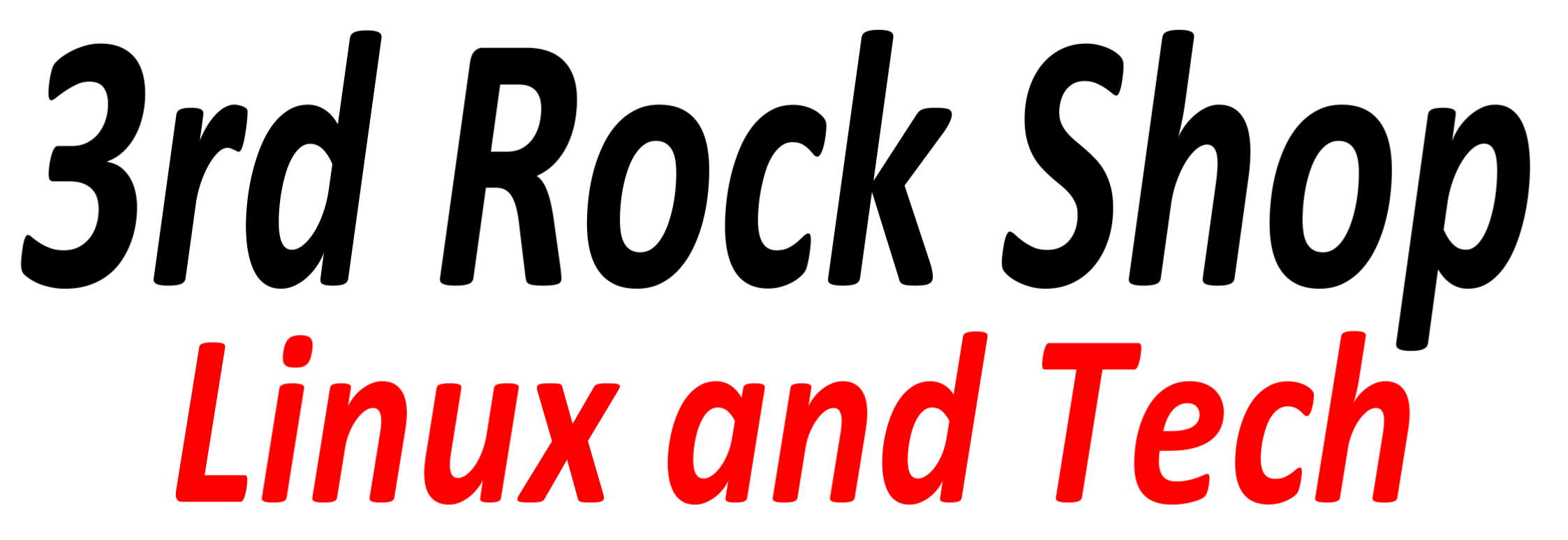Linux in Education
3 min readLinux has gained significant traction in the field of education, revolutionizing the way students, teachers, and educational institutions approach teaching and learning. Its open-source nature, cost-effectiveness, flexibility, and robustness make it an ideal operating system for various educational settings. In this article, we will explore the applications of Linux in education and how it empowers learners and educators alike.
Cost-Effectiveness: Linux’s cost-effectiveness is a major advantage in educational institutions with budget constraints. Unlike proprietary operating systems that require expensive licenses, Linux is free to use, reducing the financial burden on schools and allowing them to allocate resources to other areas.
Educational Distros and Software: Numerous Linux distributions are specifically designed for educational purposes, such as Edubuntu and Skolelinux. These distros come pre-installed with a wide range of educational software, including interactive learning tools, programming environments, and multimedia resources.
Classroom Management and Control: Linux-based solutions enable teachers to efficiently manage and control classroom activities. Software tools like iTALC (Intelligent Teaching and Learning with Computers) allow teachers to monitor student screens, distribute content, and manage class interactions.
Student Privacy and Security: Linux’s robust security features are vital in educational environments, where student privacy and data protection are paramount. Linux’s inherent security measures safeguard sensitive student information and protect against cyber threats.
Educational Games and Simulations: Linux offers access to a wealth of educational games and simulations, engaging students in interactive learning experiences. These games cover subjects ranging from math and science to language arts and history, making learning enjoyable and effective.
Computer Labs and Thin Clients: Linux is commonly used in computer labs and thin-client environments in educational institutions. Thin clients running on Linux can significantly reduce hardware costs while providing students with access to powerful computing resources.
STEM Education and Programming: Linux plays a crucial role in STEM (Science, Technology, Engineering, and Mathematics) education, offering a wide array of programming languages, tools, and environments for students to learn coding and software development.
Open-Source Learning Resources: The open-source nature of Linux fosters collaboration and the sharing of educational resources among educators and learners. Open-source textbooks, educational software, and resources promote a culture of knowledge sharing and accessibility.
Digital Accessibility: Linux provides extensive support for assistive technologies, making it inclusive and accessible for students with disabilities. Features like screen readers, magnifiers, and on-screen keyboards ensure that students of all abilities can participate in educational activities.
Linux has become a cornerstone of education, offering an array of benefits for learners, teachers, and educational institutions. Its cost-effectiveness, educational distros, classroom management tools, and commitment to student privacy create an enriching and secure learning environment.
As education continues to evolve and adapt to the digital age, Linux’s role will continue to grow, shaping the future of education as a collaborative, accessible, and innovative endeavor. By embracing Linux as a key component of their educational initiatives, schools and educators can empower students with the necessary skills and knowledge to thrive in a technology-driven world. With Linux as an educational partner, students can explore new horizons and educators can inspire a love of learning that lasts a lifetime.

